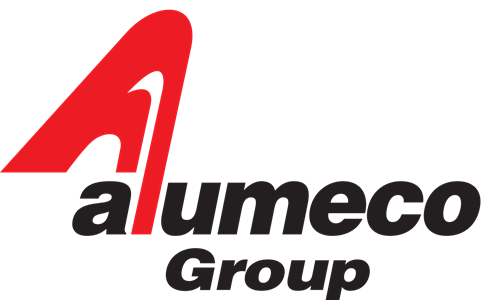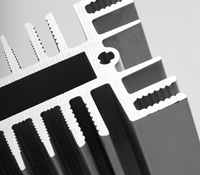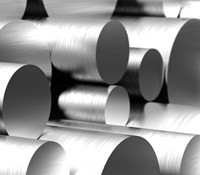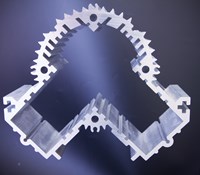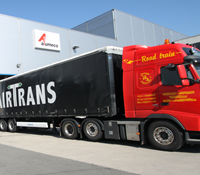Metal Price News - April

Trump's tariffs have dominated the headlines, but we still know very little about what the final measures and tariffs will be.
However, we expect volatility in the metal markets. News from the US and China can cause large fluctuations with recovery periods in between.
Macroeconomic developments
Overall, it is significantly harder than usual to make qualified predictions on how the markets will move in the coming period.
USA
So far, Trump’s tariffs have had a negative impact on the American economy. Growth is under pressure, inflation and interest rates have risen, and the USD has weakened significantly.
The financial markets took a hard hit last week which spurred fear of a looming recession. As usual, this caused a "flight to safety" where investors tend to search for safe havens, including US stocks and bonds.
But this time, there is a clear tendency for investors to shy away from the American investment products, because the root of the uncertainty is the US itself. This has weakened the USD even more.

China
China reacted promptly to Trump's promised tariffs and has retaliated with matching tariffs.
Over the past several months, the Chinese government has announced measures to stimulate the struggling economy. These efforts are likely to continue in order to strengthen the domestic economy to withstand tariff pressures.
Europe
Europe has been somewhat overshadowed by the tariff war between China and the US. It is still unclear what the specific tariff will be and whether the EU will try to negotiate a solution or respond with the "bazooka".
It has also gone almost unnoticed that the German CDU and SPD have formed a new government. They promise investments in infrastructure and the military, and we are curious to see how that will affect the German economy in the coming period.
The European Central Bank, ECB, is expected to cut interest rates by 0.25% at their meeting tomorrow (April 17th).

Copper
Copper has reacted strongly to the economic uncertainty. Mid-March, the price, especially copper cash, began to rise.
The price peaked at USD 10,000 / EUR 9,200 at the end of March, dropped to USD 8,600 / EUR 7,800 and has since corrected to USD 9,230 / EUR 8,100.

Aluminium
Aluminium has not reacted as strongly as copper. But we saw a similar pattern mid-March of a slight increase followed by a decline, although not nearly as steep as with copper.
The price peaked around USD 2,700 / EUR 2,450 and bottomed out at USD 2,300 / EUR 2,080 at the height of the tariff turmoil.

Stainless steel
Nickel is very low, even compared to the already low price from recent months.
As with aluminium and copper, prices started to climb upwards at the end of March and have gone down again.
In an average year, we would see prices gradually increase in the spring. This happens when companies start buying again after the traditional low prices around fiscal closing. But that is not happening right now.
This is partly due to general uncertainty in the world market, but other factors may also be playing a role in the low price:
Several companies have high stocks at the moment, and the Q2 quota has just opened. This may have left some companies with an oversupply of material bought at higher prices, which they are now trying to shed.
The low prices are putting the stainless steel plants under pressure. They need to get prices up, but the markets are not taking it.





